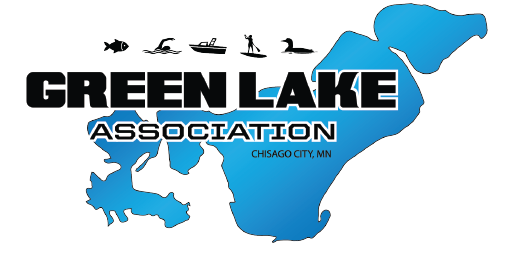Property owners occasionally return to their cabins in the spring only to discover they are dealing with property damage caused by a phenomenon called “ice heaving” or “ice jacking”. This powerful natural force forms a feature along the shoreline known as an “ice ridge”. The result may include significant damage to retaining walls, docks and boat lifts, and sometimes even to the cabin itself.
How do ice ridges form? Ice ridges are caused by the pushing action of a lake’s ice sheet against the shore. Cracks form in the ice because of different contraction rates at the top and bottom of the ice sheet. This is especially true in years that the ice sheet lacks an insulating snow cover. Ice cracks also develop because the edges of the ice sheet are sometimes firmly attached to the shore. When water rises in the cracks and freezes, the ice sheet expands slightly. Rising air temperatures warm the ice, leading to additional expansion, which exerts a tremendous thrust against the shore. Alternate warming and cooling of the ice sheet leads to additional pushing action, causing the ice to creep shore ward and scrape, gouge, and push soil and rock into mounds (called “ice ridges”, “ice pushes”, or “ramparts”).
What can be done about ice ridges after they form? Because ice ridges do provide ecological benefits (described below), the ideal reaction to the formation of an ice ridge would be to do nothing other than remove personal property from its zone of influence. However, this is often impractical. Ice ridges can impede use of the lake by a property owner or the users of public lakeshore facilities. Therefore, action may be taken to remedy the results of ice activity.
- Lake access can be obtained by ramping over or cutting through the ice ridge. There are circumstances, however, when it may be necessary to remove or grade an ice ridge. An individual Public Waters Work Permit is not required from the DNR to remove or grade an ice ridge if the work meets the following conditions:
- The ice ridge resulted from ice action within the last year.
- The project is either exempt from local permits or is authorized by issuance of a local government permit.
- Not more than 200 feet of shoreline is affected.
- All ice ridge material that is composed of muck, clay, or organic sediment is deposited and stabilized at an upland
site above the ordinary high-water level (OHWL; see sidebar on page 1). - All ice ridge material that is composed of sand or gravel is removed as provided above or graded to conform to the
original cross section and alignment of the lakebed, with a finished surface at or below the OHWL. - No additional excavation or replacement fill material occurs on the site.
- All exposed areas are immediately stabilized as needed to prevent erosion and sedimentation (see Lakescaping
information sheet). - Local zoning officials, the watershed district (if applicable) and the soil and water conservation district are given at
least 7 days’ notice before beginning the project.
Removal or grading of an ice ridge must not disturb emergent aquatic vegetation, unless authorized by an aquatic plant
management permit from the DNR’s Division of Fisheries.
What can be done about ice ridges before they form? The simplest means of avoiding ice-related damage to shoreline property is to ensure that personal property is out of wrath’s path. State and local shoreland regulations requiring setback limits not only lead to improved aesthetics but also help to minimize personal property damage from ice action and wave-induced erosion. Engineering solutions are sometimes pursued to remedy ice ridge problems, but they can be expensive and ineffective. If an engineering solution is pursued, property owners should seek the advice of a professional.
What are the benefits of ice ridges? Ice ridges are natural berms that have formed around Minnesota’s lakes over thousands of years. These mounds of material provide the lake with ecological benefits by creating a barrier to nutrient loading. Nutrients collect on the landward side of the mound, producing fertile soil where plants and trees thrive. The root systems of this near-shore plant community help to protect the shore from erosion and soak up additional nutrients. Shade and habitat offered by near-shore plants benefit organisms along the shore and in the lake, thus supporting nesting and spawning fish.
Ice ridges also work to protect the shore from the lake itself. For example, a small ice ridge formed one year is followed by additional pushes in ensuing years. The ridge is fortified by jamming rocks into it. The roots of the near-shore plant community bind together the soil and rock to form natural shoreline protection.
